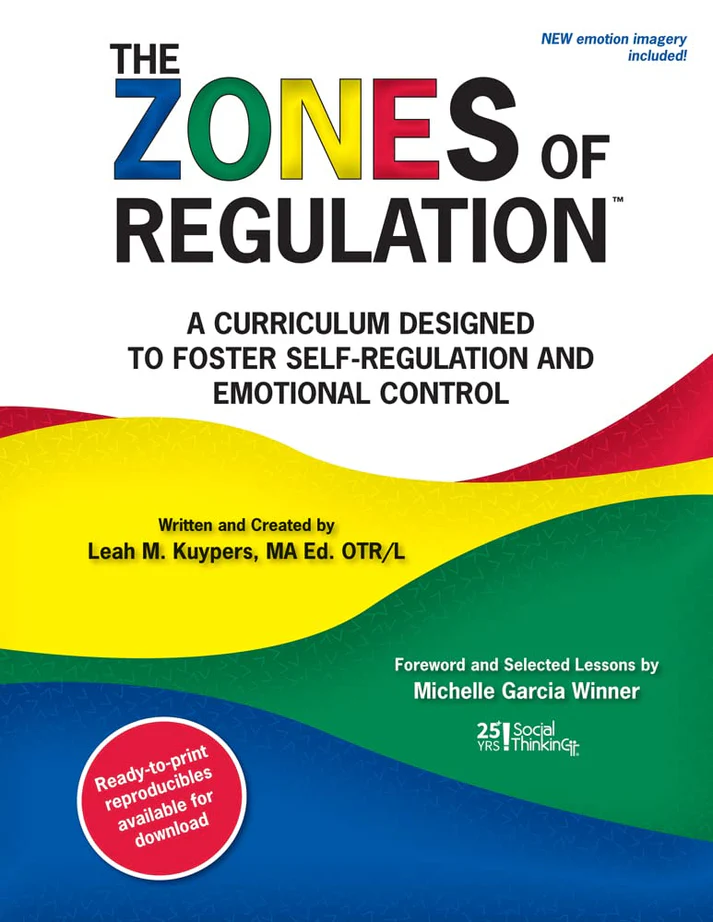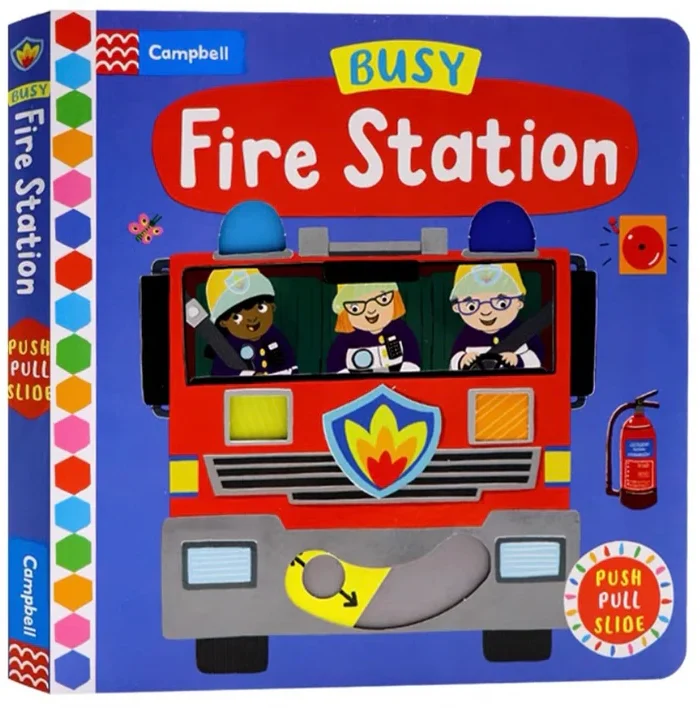<<預訂>> The Zones of Regulation: A Curriculum Designed to Foster Self-Regulation and Emotional Control
$1,100.00
- Ages: 7-10+
- Pages: 106
- Format: Paperback
- ISBN: 9780979292248
- Published: 2008
he Zones of Regulation: A Curriculum Designed to Foster Self-Regulation and Emotional Control
This popular, easy-to-use regulation framework and award-winning curriculum teaches strategies for managing emotions and sensory needs to children, students, and clients ages 4+. Rooted in cognitive behavioral therapy, The Zones framework uses four colors to help individuals identify how they are feeling in the moment given their energy, emotions, and level of alertness, creating a colored system to guide them to metacognitive strategies and tools to support regulation. By understanding how to read their bodies, detect triggers, think about the social context, and consider their reactions, individuals learn how to increase their ability to regulate their emotions, manage their sensory needs, and become more self-aware and skillful problem solvers. Activities and reproducible handouts and visuals are included in the curriculum along with instructions for digital access. Select updated Emotions Reproducibles are available for download to all The Zones of Regulation curriculum users. All products which extend teaching about The Zones of Regulation require the use of this curriculum to teach with fidelity.
What are the Four Zones of Regulation?
Feelings come in different sizes, intensity, and levels of energy. To make this easy to talk and think about, we can categorize them into four simple, colored categories that we call Zones of Regulation.
The Blue Zone describes low levels of energy and down feelings, such as when we feel sad, tired, sick, or bored.
The Green Zone describes when we feel calm energy and in control. We might feel happy, focused, content, or proud in the Green Zone.
The Yellow Zone describes when our energy starts to get higher, and our feelings get a little bigger. We might be feeling worried, embarrassed, silly, excited, frustrated, or wiggly in the Yellow Zone.
The Red Zone describes when we have extremely high energy and big, intense feelings. We might feel really, really happy or elated, really angry or furious, panicked, devastated, terrified, or out of control in the Red Zone.
All of the Zones are experienced naturally, and the framework focuses on teaching individuals how to recognize and manage their Zones based on their goals and task demands. Learn more in the article, All the Zones Are OK! Tips for Managing the Zones You’re In.
Learners explore regulation tools and strategies that can include mindfulness, sensory-based, movement-based, play-based, thinking strategies, wellness activities, and healthy connection with others. Learners negotiate which Zone(s) each tool would help regulate, building a system to use tools to manage a Zone or move from one to another. Ultimately, they create their individualized toolbox and develop a cognitive pathway or mind-map to guide them in regulating their Zones. Integrating cognitive behavior therapy principles, learners build skills in consciously regulating their feelings and actions, managing their sensory needs, problem solving, and developing executive functions and social competencies. To deepen learners’ understanding of how to regulate, the lessons set out to teach a number of skills, including reading others’ facial expressions a body language, recognizing a broader range of emotions in others and themselves, noticing the body signals that come with their feelings, understanding the context of the situation, insight into events that trigger their less regulated Zones, when and how to use regulation tools, and why regulation matters in relation to their overall wellness and personal goals. The framework is designed to help move learners toward more independent regulation while also honoring and respecting each unique individual. Concepts from the Social Thinking® Methodology are incorporated throughout the curriculum to help learners develop perspective taking, as well as understand the social context of a situation, both of which are factors that come into play when determining how to regulate oneself.












商品評價
目前沒有評價。